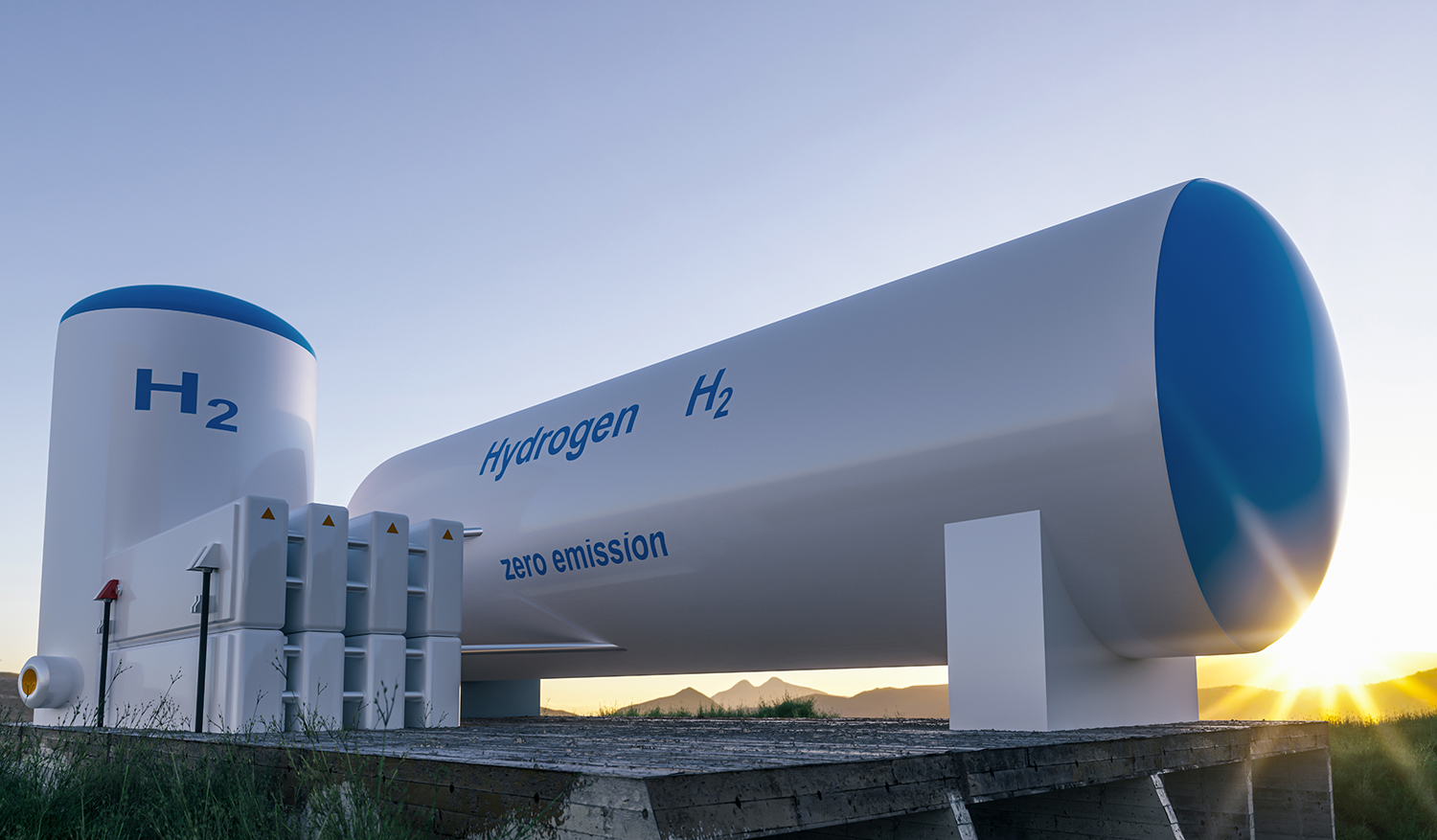Politics, industry and society have high hopes for hydrogen as the energy source of the future. Social acceptance of hydrogen technology is one of the key factors for the success of the »National Hydrogen Strategy« launched by the German government in 2020. In this context, the safety of the hydrogen infrastructure is of particular importance. All steps in the process – from generation to storage and distribution to conversion of hydrogen – must be safe. However, in the case of hydrogen (H2), this is not a trivial matter: H2 is ignitable in air even at low concentrations (from 4 % by volume), and even explosive at higher concentrations (from 18 % by volume). As such, H2 sensors measuring reliably and sensitively are important components of safety and warning systems for the surveillance of the hydrogen infrastructure.
Stationary and mobile hydrogen sensors for safe operation
For the safe operation of pipelines, hydrogen storage tanks or supply points (for filling and removal), stationary or mobile sensors are required for the permanent or targeted monitoring of critical spots. The sensors must be able to detect H2 escaping due to leakages as well as the transport gas ammonia (NH3). At the same time, absolute concentrations in harsh environments must be determined over a long time and with very high reliability.
Likewise, the H2 gas quality has to be reliably monitored by determining additional gas components that are unintentionally or intentionally present in the hydrogen. We devise, develop and evaluate the gas sensors for hydrogen purity measurements in close cooperation with our project partners. Based on the findings, we develop scalable solutions for hydrogen measurement technology.
Safety standards and price determine marketability of H2 sensors
There are a number of metrological approaches to detect and determine the concentration of H2 in mobile and stationary applications. However, many concepts have so far failed in practical, industrial implementation. Approval usually requires compliance with the ISO 26262 standard and the »Safety Integrity Level« standard (SIL). In order to be marketable, sensors must meet these high requirements and at the same time be cost-effective to manufacture.
At Fraunhofer IPM, we test and modify, among other things, various measuring principles for MEMS-based sensors as well as spectrometers for hydrogen detection. This includes thermal conductivity measurements that detect H2 concentrations in the environment. Another promising approach is ultrasound-based sensors that can measure both low H2 concentrations and detect smallest impurities in the hydrogen.
